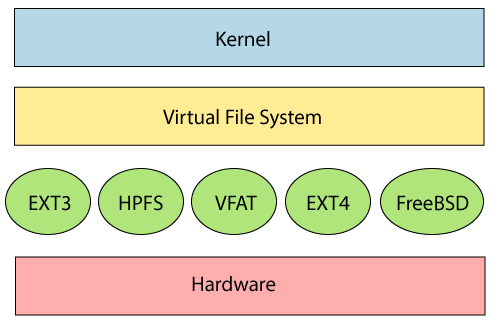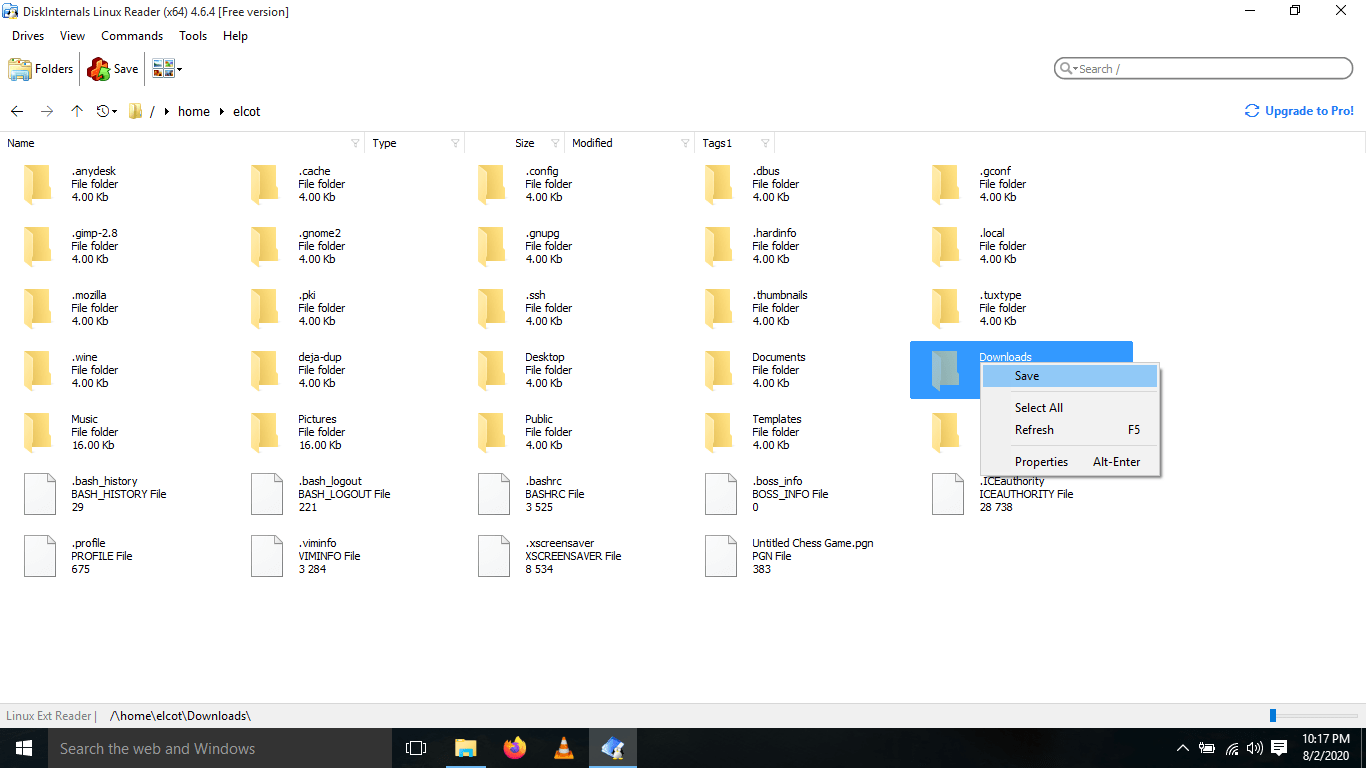
If the file system crashes, a file system check will be performed at next boot. lost+found - Recovered FilesĮach Linux file system has a lost+found directory. Libraries needed by the binaries in the /usr/bin folder are located in /usr/lib. The /lib directory contains libraries needed by the essential binaries in the /bin and /sbin folder. Each user only has write access to their own home folder and must obtain elevated permissions (become the root user) to modify other files on the system. This home folder contains the user’s data files and user-specific configuration files. For example, if your user name is bob, you have a home folder located at /home/bob.

The /home directory contains a home folder for each user. Note that the /etc/ directory contains system-wide configuration files - user-specific configuration files are located in each user’s home directory. The /etc directory contains configuration files, which can generally be edited by hand in a text editor. dev/null is a special device that produces no output and automatically discards all input - when you pipe the output of a command to /dev/null, you discard it. For example, /dev/random produces random numbers. This directory also contains pseudo-devices, which are virtual devices that don’t actually correspond to hardware. If you wanted to partition it, you could start a partition editor and tell it to edit /dev/sda. These are not actual files as we know them, but they appear as files - for example, /dev/sda represents the first SATA drive in the system. Linux exposes devices as files, and the /dev directory contains a number of special files that represent devices. However, the standard location for temporary media is inside the /media directory. It’s a temporary location for CD-ROMs inserted in the system. The /cdrom directory isn’t part of the FHS standard, but you’ll still find it on Ubuntu and other operating systems. cdrom - Historical Mount Point for CD-ROMs

The boot loader’s configuration files aren’t located here, though - they’re in /etc with the other configuration files. The /boot directory contains the files needed to boot the system - for example, the GRUB boot loader’s files and your Linux kernels are stored here. The /sbin directory is similar - it contains essential system administration binaries. The /usr directory may be stored on another partition - placing these files in the /bin directory ensures the system will have these important utilities even if no other file systems are mounted. Applications such as Firefox are stored in /usr/bin, while important system programs and utilities such as the bash shell are located in /bin. The /bin directory contains the essential user binaries (programs) that must be present when the system is mounted in single-user mode. While another partition would be located at D:\ on Windows, this other partition would appear in another folder under / on Linux.
#Linux file system reader windows#
You can think of the / directory as being similar to the C:\ directory on Windows - but this isn’t strictly true, as Linux doesn’t have drive letters. Everything on your Linux system is located under the / directory, known as the root directory.


 0 kommentar(er)
0 kommentar(er)
